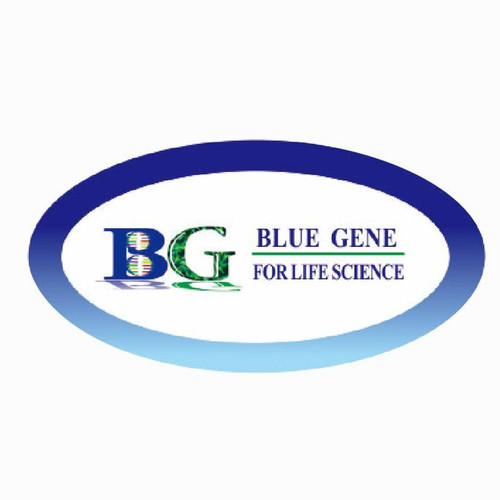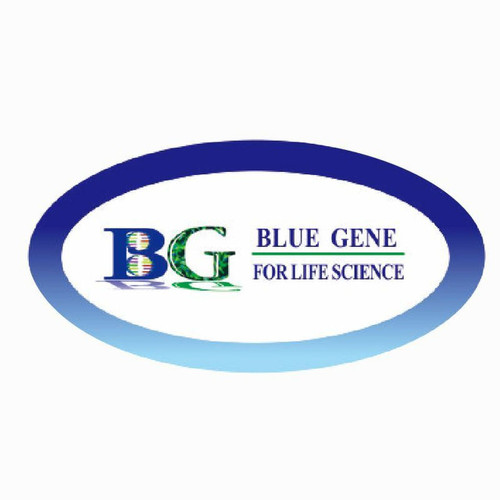Product Description
Human 14-3-3 protein zeta/delta (YWHAZ) ELISA Kit | AE10845HU | Abebio
Species Reactivity: Human (Homo sapiens)
Abbreviation: YWHAZ
Alternative Name: 14-3-3-zeta; KCIP-1; MGC111427; MGC126532; MGC138156; 14-3-3 protein/cytosolic phospholipase A2|14-3-3 zeta|OTTHUMP00000165851|OTTHUMP00000165858|phospholipase A2|protein kinase C inhibitor protein-
Application: ELISA
Range: 0.312-20 ng/mL
Sensitivity: 0.116 ng/mL
Intra-Assay: ≤5.7%
Inter-Assay: ≤9.8%
Recovery: 1, 1
Sample Type: Serum, Plasma, Other biological fluids
Detection Method: Sandwich
Analysis Method : Quantitive
Test Principale: This assay employs a two-site sandwich ELISA to quantitate YWHAZ in samples. An antibody specific for YWHAZ has been pre-coated onto a microplate. Standards and samples are pipetted into the wells and anyYWHAZ present is bound by the immobilized antibody. After removing any unbound substances, a biotin-conjugated antibody specific for YWHAZ is added to the wells. After washing, Streptavidin conjugated Horseradish Peroxidase (HRP) is added to the wells. Following a wash to remove any unbound avidin-enzyme reagent, a substrate solution is added to the wells and color develops in proportion to the amount of YWHAZ bound in the initial step. The color development is stopped and the intensity of the color is measured.
Product Overview: YWHAz belongs to the 14-3-3 family of proteins which mediate signal transduction by binding to phosphoserine-containing proteins. This highly conserved protein family is found in both plants and mammals, and this protein is 99% identical to the mouse, rat and sheep orthologs. The deduced 245-amino acid protein shares high sequence homology with other 14-3-3 subtypes. The zeta mRNA was widely expressed in various gray matter brain regions, including the neocortex, hippocampus, caudate-putamen, thalamus, cerebellar cortex, and several brain stem nuclei. A human protein with phospholipase A2 activity was shown to be the zeta subtype of the 14-3-3 protein
Stability: The stability of ELISA kit is determined by the loss rate of activity. The loss rate of this kit is less than 5% within the expiration date under appropriate storage condition. The loss rate was determined by accelerated thermal degradation test. Keep the kit at 37°C for 4 and 7 days, and compare O.D.values of the kit kept at 37°C with that of at recommended temperature. (referring from China Biological Products Standard, which was calculated by the Arrhenius equation. For ELISA kit, 4 days storage at 37°C can be considered as 6 months at 2 - 8°C, which means 7 days at 37°C equaling 12 months at 2 - 8°C) .
 Euro
Euro
 USD
USD
 British Pound
British Pound
 NULL
NULL












